Catalog of Spanish coins: pesetas and euro
| Felipe VI | Juan Carlos I | Spanish State |
| 2015 - | 1975 - 2014 | 1939 - 1975 |
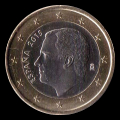 |
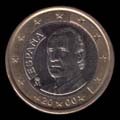 |
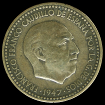 |
| Second Republic | Alfonso XIII | Alfonso XII |
| 1931 - 1939 | 1886 - 1931 | 1874 - 1885 |
 |
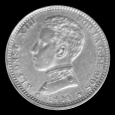 |
 |
| First Republic | Amadeo I | Provisional Government |
| 1873 - 1874 | 1871 - 1873 | 1868 - 1871 |
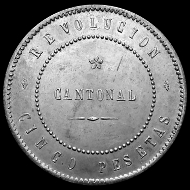 |
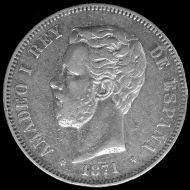 |
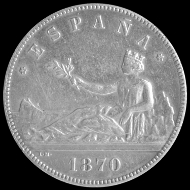 |
- Click the images to get additional information;
- catalog available also listed by value.
The peseta became the Spanish monetary unit on October 19th, 1868, by means of a Decree from the Provisional Government after the exile of the Queen Isabel II.
The peseta was adopted in Spain to join the Latin Monetary Union in 1865 and the decimal metric system was adopted; however, the peseta didn’t join the Union due to an increase of the gold prices.
In 1869 the Provisional Government closed the mints existing in Spain, Barcelona, Segovia, and Seville, centralizing the production in Madrid using the mint which become the Fábrica Nacional de Moneda y Timbre - Real Casa de la Moneda (FNMT-RCM); the only exception in the centralization of the minting Madrid was Barcelona, used to mint bronze coins.
Also for the paper money, the first banknotes in pesetas was printed on 1 July 1874 by the Bank of Spain after the closing of several provincial banks.
To reduce the dependency on foreign manufacturers, the Fábrica Nacional de Moneda y Timbre was equipped with new resources and the first issue of this mint was the one of 21 October 1940, supported by a Decree of the Government on 21 June 1941.
The last coins in the peseta currency were minted on 19 June 2001 and on 21 November 2000 were printed the last banknotes in peseta, starting the new phase of the Euro as the European Union’s coin.
Links: Banco de España, Real Casa de la Moneda
